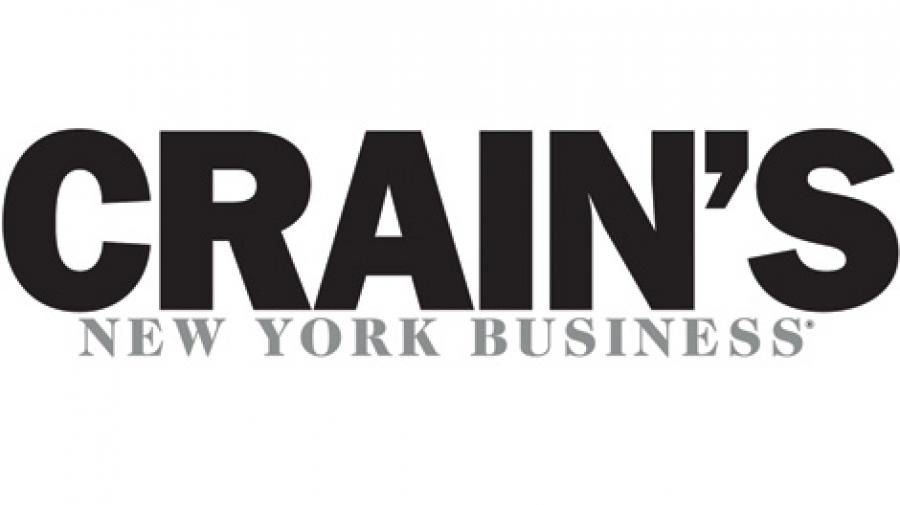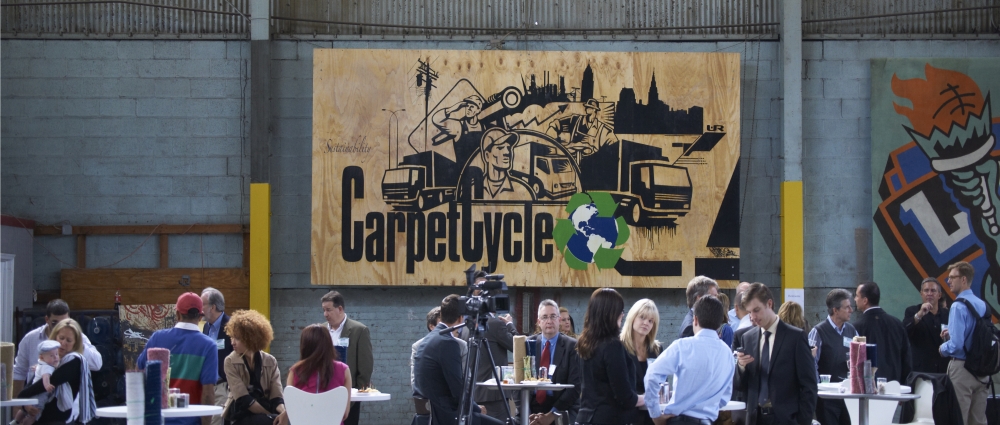News & Stories
Crain's NY - A zero waste solution for NYC : What goes around comes around

New York's municipal garbage export costs are the highest in the nation. This might seem like a bad thing, but it creates a tremendous opportunity for the recycling industry to bring the city into the circular economy - the latest buzz in the environmental movement.
The circular economy is a process of designing, specifying and selecting home and office products that utilize sustainable materials and are themselves recyclable in an endless loop. New York's trash continues to be shipped farther away from the city, a wasteful practice that increases costs and greenhouse-gas emissions. However, as the fashion and design capital of the U.S. (as well as a city under constant development), New York can take the lead in designing materials in these sectors and others with the circular economy in mind.
As a fashion industry leader, New York is privy to the growth of "fast fashion", which has led to garments being rapidly discarded, resulting in more textile waste. New York has set a bold target of zero waste by 2030, but this goal can only be achieved if more industries, including fashion and garments, transition to sustainable practices. For example, renowned fashion brand Stella McCartney creates about half of every collection with sustainable materials, a claim no other top label can make. But it's a goal to which more brands should aspire.
New York ranks among U.S. cities for green initiatives, according to Popular Science, but given all its tech talent and innovative companies, shouldn't we be higher? A stronger commitment to circular-economy practices would show leadership by the New York fashion set while increasing our global competitiveness.
Construction, too, is hurtling along in Manhattan at a startling rate. Every day, cranes frame the skyline in all directions and formerly unsuitable properties are redeveloped as high-rise offices and condominiums. Hudson Yards - 18 million square feet on 28 acres - is just one example of the city's major development projects. This is why construction and demolition waste is increasing. New York needs to double down on its C&D recycling iniatives to offset the $52.5 billion in construction spending in 2018 and $50.1 billion in 2019, as projected by the New York Building Congress.
The best way to start is by thinking about what is recyclable. Carpet and acoustic ceiling tiles are circular-economy candidates, but must be managed as such, and not commingled with gypsum wall board and fiberglass insulation. Wall insulation is another tough-to-recycled C&D waste created via interior demolition projects. However, architects and specifiers are increasingly using building products that are easily recycled and are composed of sustainable materials, to align their construction practices with the circular economy. For example, Bond Collective, a co-working space in Brooklyn, insulated its space with acoustic insulation made from recycled materials such as cotton fibers from clothing and spend carpet fibers (which can be recycled more than once)
Architects and specifiers of building products must pay closer attention to the composition of the products they select. Health product declarations (HPDs) and environmental product declarations (EPDs) - which disclose product contents and associated health information for products used in the built environment - are becoming the standard in Europe. We must follow their lead to remain competetive globally. HPDs and EPDs increase transparency and make the task of selecting circular economy - suited products easier among the thousands of products to choose from.
New York's "Zero b 2030" waste goals, coupled with its vibrant economy, offer a significant opportunity to take a global leadership role in fostering the circular economy and its benefits to human health and the environment. A selection of healthy, recyclable materials in the products we choose is a huge first step. The old "take, make, waste" way of thinking must be replaced with more sustainable practices for future generations. New York can lead the way.

By: Sean Ragiel (founder and president of CarpetCycle and board member of the Carpet America Recovery Effort.)
Check out this article on;
www.crainsnewyork.com



